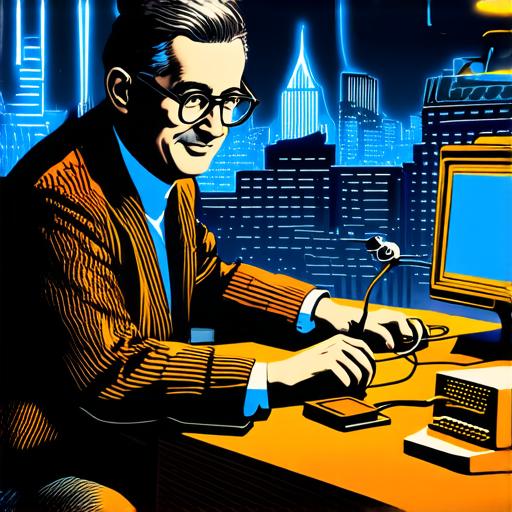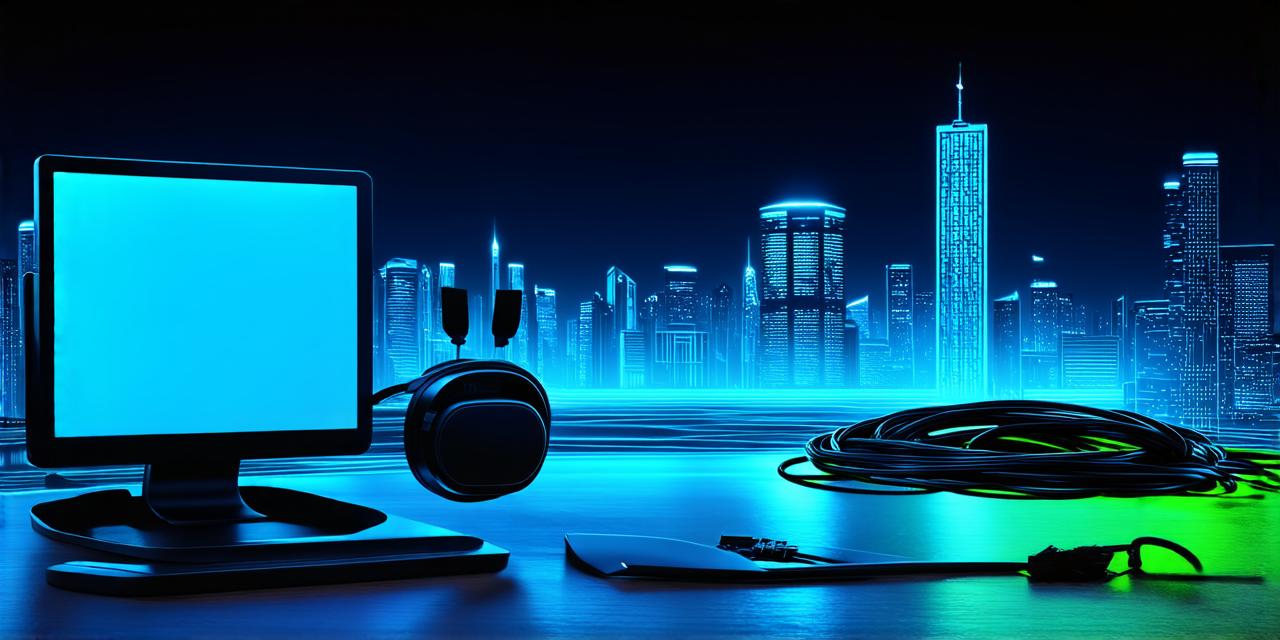
Creation Date: The Dawn of Virtual Reality
The first recorded mention of a virtual reality-like experience can be traced back to 1957 when Ivan Sutherland created “Sketchpad,” a computer graphics program that allowed users to draw and manipulate 3D objects in a virtual space. However, it wasn’t until the late 1980s and early 1990s that VR technology really took off.
Key Milestones: The Evolution of Virtual Reality
As VR technology continued to develop throughout the 1990s and early 2000s, several key milestones were achieved that helped shape the industry as we know it today.
1990
The first virtual reality headset was developed by researchers at the University of Maryland.
1992
The first commercial VR system was introduced by Silicon Graphics Inc. (SGI). This system, known as the “Cyberspace,” was primarily used for entertainment purposes and allowed users to experience a virtual reality environment that could be customized to their liking.
1995
Sega released the “Virtual Reality Zone” arcade game, which brought VR technology into the mainstream and paved the way for future VR gaming experiences.
Late 2000s
The launch of several breakthrough VR devices, including the Oculus Rift in 2012 and the HTC Vive in 2016, marked a major shift in the industry, as they enabled users to experience high-quality, fully immersive virtual environments for a fraction of the cost of earlier systems.
Pioneers: The Individuals Who Made Virtual Reality Possible
Several individuals have played a pivotal role in the development and success of VR technology, including Ivan Sutherland, Jaron Lanier, and other pioneers who have pushed the boundaries of what is possible in virtual reality.
Real-Life Examples: How Virtual Reality Is Changing the World
Virtual reality technology has already begun to transform several industries, including gaming, healthcare, education, and even the real estate industry.
Gaming
In gaming, VR technology has enabled developers to create immersive, interactive experiences that allow players to fully engage with their environment in ways that were previously impossible. Games like “Beat Saber” and “Job Simulator” have become instant classics, demonstrating the potential for VR to bring people together and provide a new form of entertainment.
Healthcare
In healthcare, VR technology has been used to simulate surgeries and other medical procedures, allowing doctors and students to practice in a safe, controlled environment. This has led to improved patient outcomes and reduced surgical risks.
Education
In education, VR technology has been used to create virtual field trips that allow students to explore different parts of the world from the comfort of their classrooms. This not only provides a unique educational experience but also helps to promote global awareness and understanding.
Real Estate
In real estate, VR technology has been used to create immersive virtual tours of properties, allowing potential buyers to see a property as if they were really there. This has led to increased engagement and better decision-making, as buyers can get a true sense of what a property has to offer before making an investment.
Summary: Virtual Reality’s Bright Future
The history of virtual reality is a fascinating tale of innovation, pioneering, and progress. From its origins in computer graphics to its current role as a transformative technology, VR has come a long way since its inception.
FAQ:
Virtual reality technology has already begun to transform several industries, including gaming, healthcare, education, and even the real estate industry.
